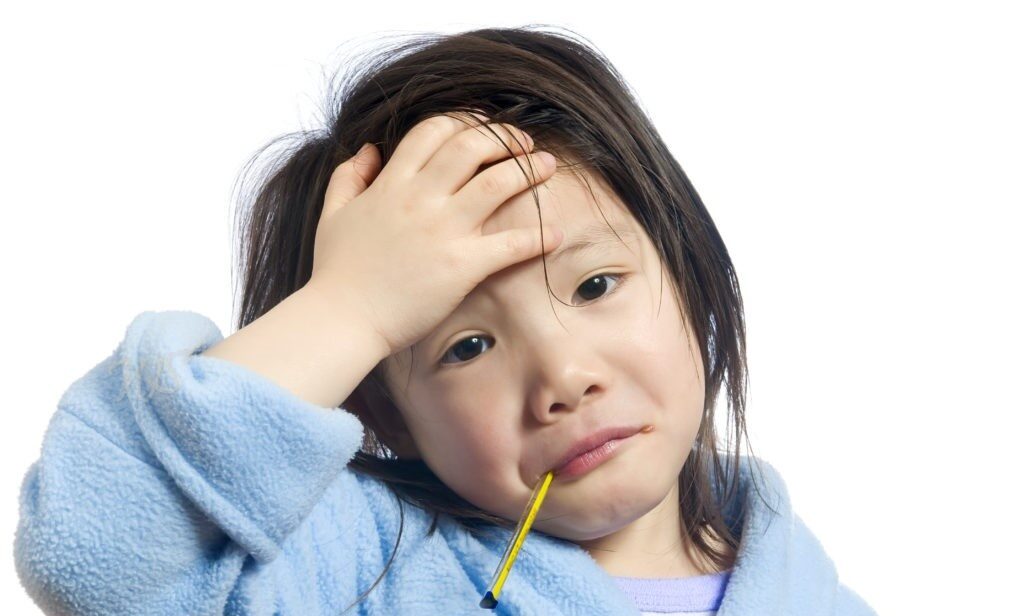When your child gets sick with a viral infection such as a cold, flu, or one of the many other respiratory viruses, you can do several things to ease her symptoms and prevent serious complications. Here are the things you should know about caring for your child when she gets symptoms of a cold or influenza.
Colds vs. Influenza
The first important information you need is how to distinguish colds from flu, and when to take your child to the doctor. According to the U.S. Centers for Disease Control, “Colds and flu are both highly contagious and, in the initial stages, a bad cold and a mild case of the flu might seem alike. However, flu is a serious illness that can have life-threatening complications, unlike colds.” The flu usually comes on suddenly and may include these symptoms:
- Fever
- Headache
- Tiredness/weakness (can be extreme)
- Dry cough
- Sore throat
- Runny nose
- Body or muscle aches
- Diarrhea and vomiting also can occur, but are more common in children.
When to Call the Doctor
If you suspect that your child has the flu, you must seek treatment within the first 48 hours in order to receive treatment with antiviral medications such as Tamiflu. The CDC lists some emergency warning signs in children that need urgent medical attention:
- High or prolonged fever (over 100.4 F) or any fever in a baby younger than 3 months
- Fast breathing or trouble breathing
- Bluish skin color
- Not drinking enough fluids
- Changes in mental status, such as not waking up or not interacting; being so irritable that the child does not want to be held; or seizures
- Flu-like symptoms improve but then return with fever and worse cough
- Worsening of underlying chronic medical conditions (for example, heart or lung disease, diabetes)
Caring For a Sick Child
When your child has a cold, check with your doctor before giving any over-the-counter medicines as some have ingredients that are not recommended for children. Others may not be recommended for the symptoms your child has and most should not be given to children under the age of 2. Here are common home treatments for symptoms:
- Fever: High fever is common in children and very scary for parents. Light cotton clothes, acetaminophen, extra fluids, and complete rest are good ways to cope with fever. Do not give aspirin to children or teens due to the risk of Reye’s syndrome. Ibuprofen is acceptable for children over the age of 6 months.
- Vomiting: A frequent dilemma with the child’s high fever is vomiting that prevents the fever-reducing medication from doing its job. Acetaminophen suppositories can be kept in the refrigerator for just such emergencies. Bring the fever down with a suppository and the vomiting often eases. Occasionally doctors will prescribe a Phenergan suppository for very serious vomiting in a child.
- Dehydration: Fluids are the second recommendation you always hear for viral infections. They are important for easing upper respiratory symptoms as well as for critical rehydratation during diarrhea and vomiting. Keep Pedialyte on hand for times when your child experiences diarrhea and vomiting with fever. Frozen juice feels great on a sore throat. Water and ice should be at hand for continuous drinking. When noses get dry and sore, a bit of pure petroleum jelly will protect them.
- Rest: Make your child comfortable and let him sleep as much as possible. Keep his door open and the house quiet. You’ll want to check on him to make sure the sheets are dry and to gauge his fever and breathing. Place a glass of water within reach for when he awakens.
- Food: Simple foods are of course the best when your child is beginning to recover, like chicken soup. Warm honey, lemon, and water will ease a sore throat.
A Word From Very Well
Babies under the age of 6 months are a high-risk group for influenza but are too young to be vaccinated. You can protect your baby by ensuring that everyone who cares for him gets the yearly flu vaccine.

